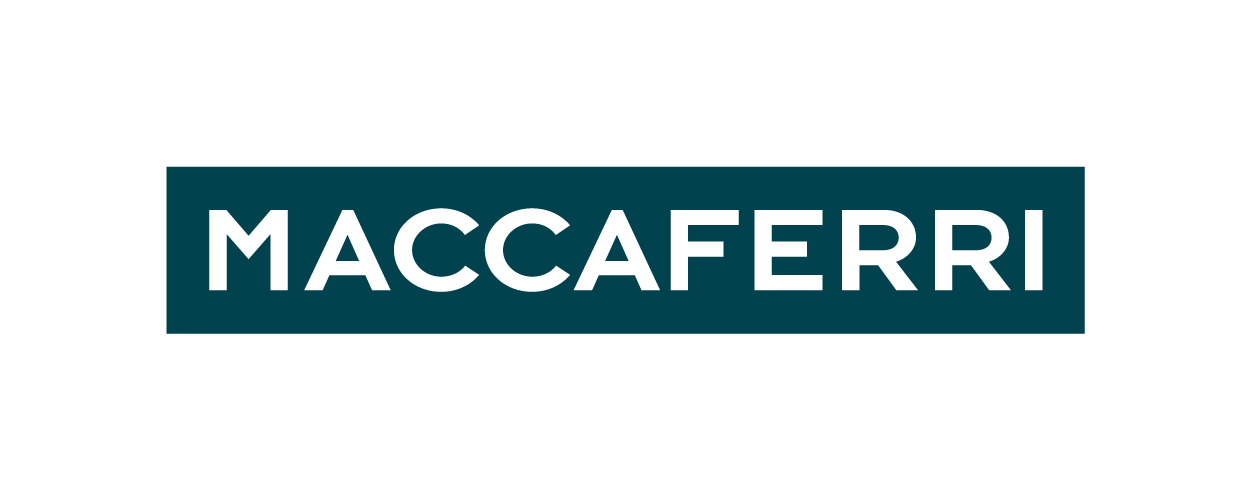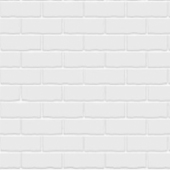Soil Veneer Applications

Risks with low friction angle surfaces. When placing soil onto surfaces with a low friction angle, there is the risk that the soil will slump from the slope. This situation is surprisingly common and is encountered when capping landfills, on the banks of reservoirs, lakes, dams and elsewhere.
When veneer support may be required. In these solutions, it is likely that a geosynthetic membrane liner (MacLine®, MacLine® GCL) may have already been used in the works. Topsoil, placed on the liner to facilitate re-vegetation, may slump from the low-friction surface and requires veneer support.
How Maccaferri products combat this problem. MacMat® and the reinforced mat, MacMat® R, are 3D geomats, of varying thickness, placed onto the low friction surface to provide a grip layer for the soil. MacMat® R is available in high tensile strengths to provide soil support on long slopes where there is no intermediate support.
We use specific soil veneer design software to provide client support on the thickness and type of mat required.
When veneer support may be required. In these solutions, it is likely that a geosynthetic membrane liner (MacLine®, MacLine® GCL) may have already been used in the works. Topsoil, placed on the liner to facilitate re-vegetation, may slump from the low-friction surface and requires veneer support.
How Maccaferri products combat this problem. MacMat® and the reinforced mat, MacMat® R, are 3D geomats, of varying thickness, placed onto the low friction surface to provide a grip layer for the soil. MacMat® R is available in high tensile strengths to provide soil support on long slopes where there is no intermediate support.
We use specific soil veneer design software to provide client support on the thickness and type of mat required.


